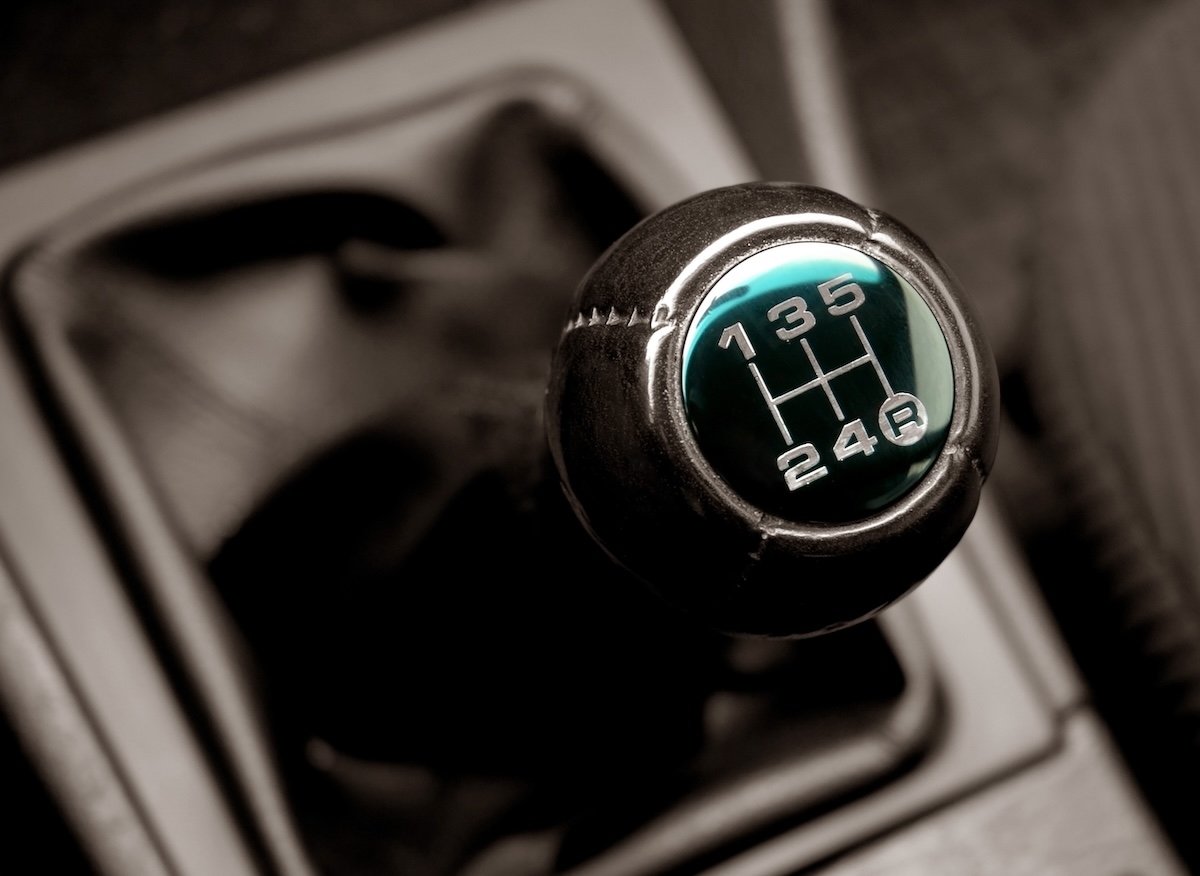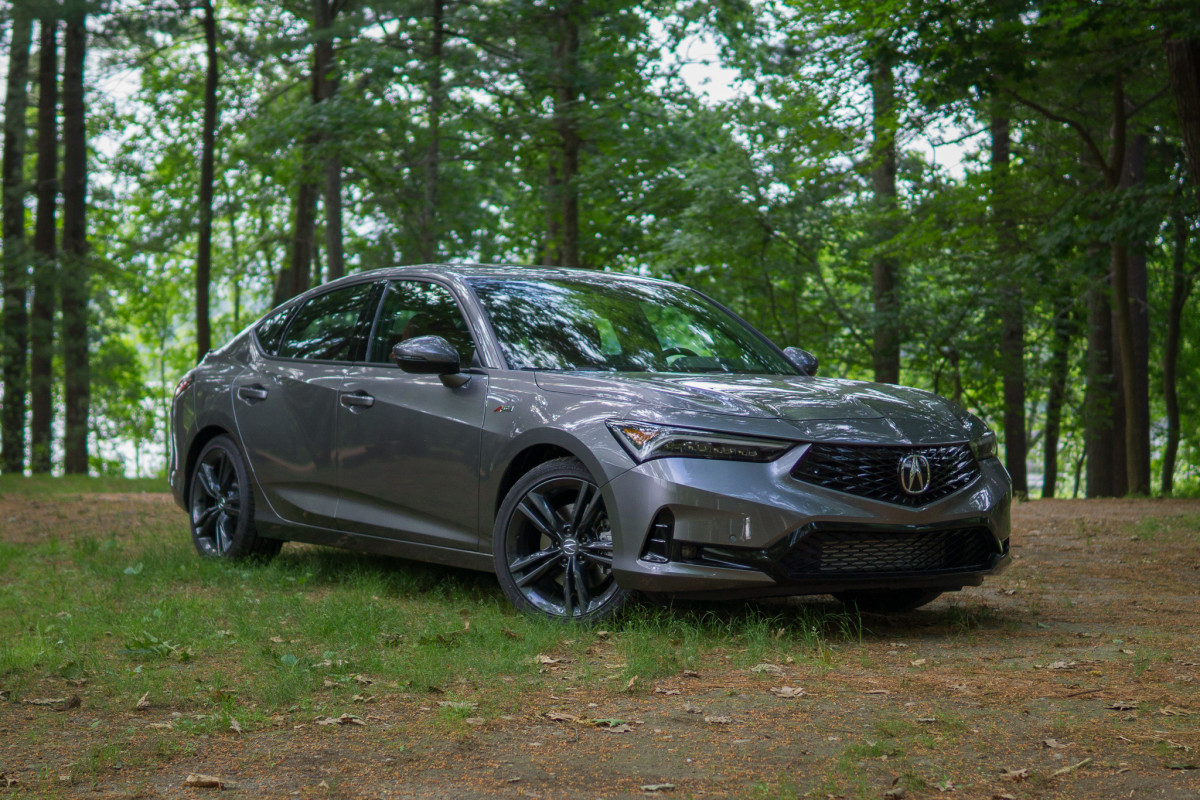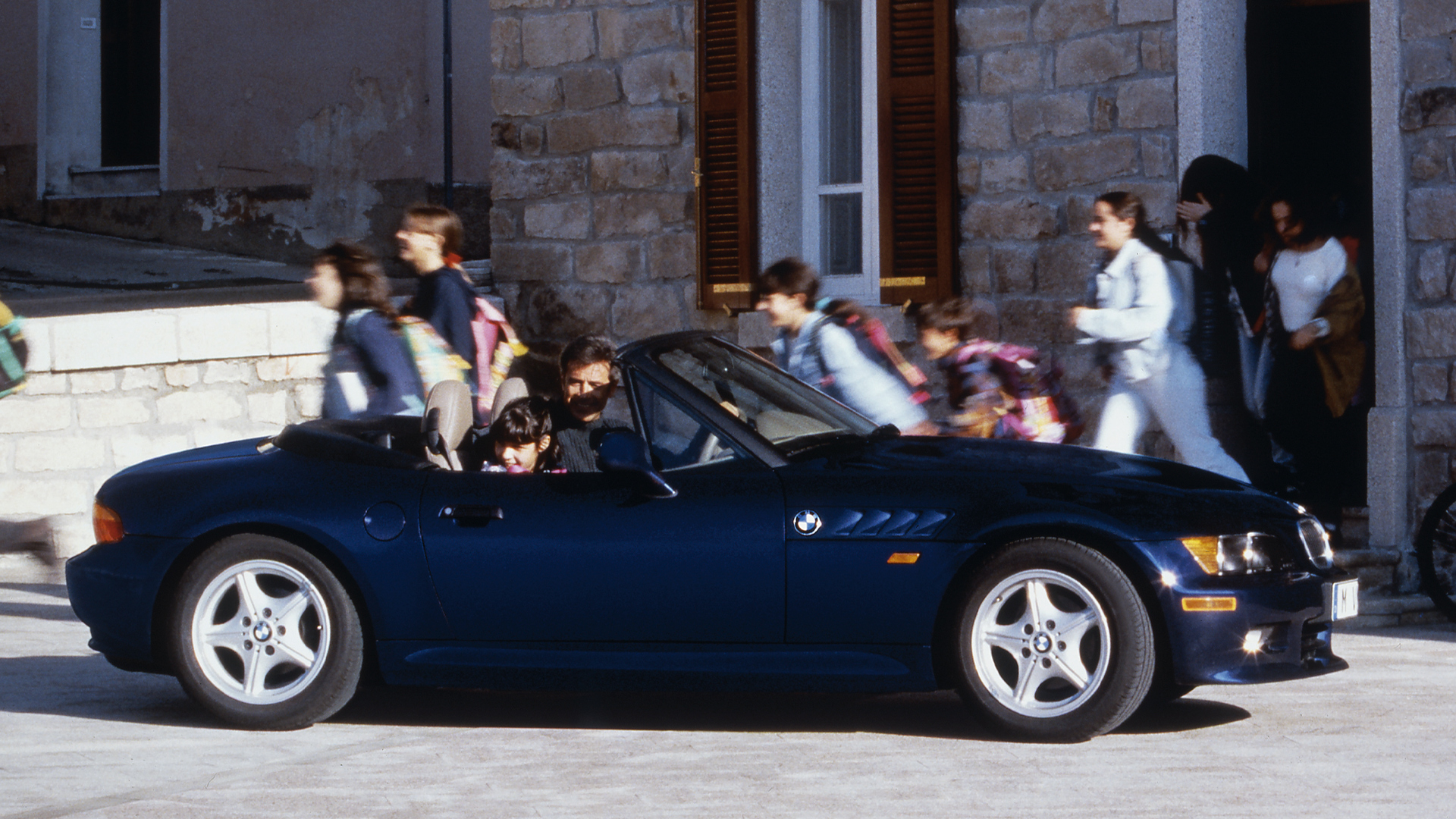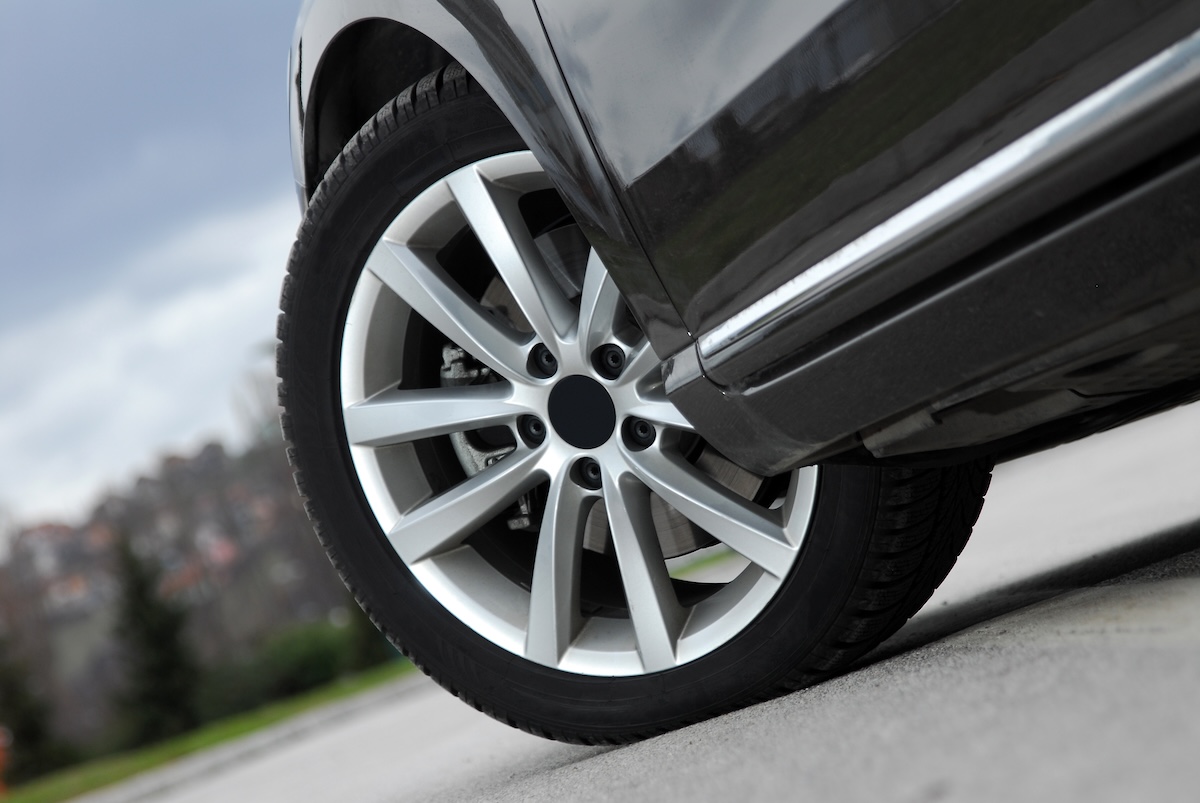As you shop for your next car, pay attention to the specifications, and specifically the type of transmission for each model you look at. Manual transmissions are simple enough, but you might also see continuously variable transmissions (CVTs), conventional automatic transmissions, and dual-clutch automatic transmissions (DCTs). Which type is the best? Well, they’re all very different, and they each excel in certain applications.
Continuously Variable Transmissions (CVT)

Let’s start with the continuously variable transmission (CVT). There are a few advantages to CVTs. For one, they have fewer moving parts and tend to be lighter than other automatic transmissions. Another is that they are quite smooth to operate, with relatively seamless acceleration. With a conventional automatic transmission, you’ll notice that when you press the accelerator, there’s an abrupt downshift, followed by a surge in engine speed, which is measured in revolutions per minute, or RPM. CVT transmissions, on the other hand, gradually transition into the correct gear ratio, so they don’t have to “shift.” Finally, because CVTs can always be in the right gear at the right time, they are especially fuel-efficient. This is why you’ll often find them in a number of high-mpg commuter cars, as well as in hybrids. In a hybrid application, one or two motor/generators might be incorporated into the transmission, creating an electronic CVT, or eCVT. Some automakers that use CVTs in many cars include Nissan, Honda, and Subaru.
The reason it's called a continuously variable transmission is that a CVT doesn’t have a set of gears with a fixed number of gear ratios, as other transmissions do. Rather, it has a pulley-and-belt system, like a snowmobile transmission. One pulley, known as the input pulley, is connected to the engine. The other pulley, known as the output pulley, ultimately sends power to the driveshaft and wheels. A flexible yet robust belt ties the two pulleys together. By varying the diameter of each pulley to maintain constant tension on the belt, the gear ratio changes. In “lowest gear”, the width of the input pulley is far narrower than that of the output pulley. In “highest gear,” the width of the output pulley is far narrower than that of the input pulley. The magic is that a CVT can vary the ratio anywhere between those two points. There are also toroidal CVTs and hydrostatic CVTs that use different mechanisms for the same effect, but the pulley-system CVT is the most common type in cars.
However, all of the CVT's benefits come with a trade-off. CVTs are not generally for driver-oriented enthusiast cars. With fixed-ratio transmissions—both automatic and manual—as you accelerate, engine RPM rises until the transmission shifts, at which point it falls again. CVTs, by contrast, keep the RPM high and continually adjust the gear ratio until you reach your desired speed, at which point the engine RPM drops off. This creates a sort of droning noise that upsets the driving experience and annoys some drivers. Additionally, CVTs are not as engaging to use as other types of transmissions because engine RPM does not correspond to the vehicle speed. To combat these problems, some automakers program their CVTs to simulate the gearing of a traditional automatic, with several fixed ratios to choose from. They may also have paddle shifters that allow you to sequentially run up and down those gear ratios.
Conventional Automatic

The most common type of automatic transmission takes the engine input and uses a variety of sensors, valves, and pressurized transmission fluid to manipulate a planetary gearset and change between four and ten gears. For instance, an eight-speed automatic transmission has eight forward gears, plus a reverse. Much like a CVT, in low gears, the transmission output speed is lower than the input speed. In higher gears, the transmission output speed is higher than the input speed, commonly called overdrive. Just like a manual transmission, a non-CVT automatic transmission still needs to momentarily disconnect from the engine when a shift is taking place. But rather than a clutch release, it’s done with something called a "torque converter". This is a mechanism that uses pressurized fluid to control the engagement between the transmission and the engine. The torque converter also allows the engine to keep spinning at idle without causing the transmission to transmit power to the wheels.
Conventional automatic transmissions can be nearly as smooth as CVTs, and much more seamless than dual-clutch automatic or manual transmissions. This is especially true with today’s eight-, nine- and ten-speed automatic transmissions, which have enough forward gears that they are rarely caught in the wrong ratio. You’ll find automatic transmissions in the overwhelming majority of cars, although that may change as pressure mounts on automakers to make more fuel-efficient vehicles. Non-CVT automatics are particularly useful for large trucks and SUVs as they can handle large amounts of horsepower and torque. You will also find them in most luxury cars, some of which are so clever that they take topography/map data and road conditions into account and can, in effect, anticipate something like an uphill stint that requires a downshift for higher RPMs. Also like a CVT, automatic transmissions are often equipped with a manual function or paddle shifters, although the computer will override any shifts that would damage the transmission. The traditional automatic transmission is a sort of Goldilocks. It’s suitable for most cars, which is why most cars have one.
However, automatic transmissions are rather heavy and complicated and require specialist service departments to repair them if anything goes wrong. Sometimes, it’s easier to replace an automatic transmission altogether than to pay a service technician to disassemble it and fix whatever ails it. Thanks to their weight, standard automatic transmissions can also result in fuel-economy penalties.
Dual-Clutch Transmission (DCT)

DCTs are also known as semi-automatic transmissions, and that’s because they are in essence automated manual transmissions. The DCT is a more advanced traditional transmission. It had its origins in racing, wherein automatic transmissions were too heavy and unintuitive, yet it took too long to work the clutch on a manual transmission. The ideal scenario was a transmission that was essentially manual, but that automatically applied and released the clutch in milliseconds, allowing the driver to focus solely on changing gears. Keeping the engine in gear, rather than spending time between gears, helped deliver better engine power to the wheels. DCTs have since expanded to cars, where they function—in essence—as automatic transmissions, but with the ability to shift far quicker than an ordinary torque-converter automatic. Your typical DCT is a six- or seven-speed unit and is called a “dual-clutch” because it has two clutches, one to work the even gears and one to work the odd gears. And, as these different sets of gears operate independently, a DCT is almost two transmissions in one. This way, one gear can simultaneously engage while the other disengages, and without interfering with the power flow between engine and transmission.
Almost all of today’s modern supercars, hypercars, many sports cars have abandoned manual transmissions in favor of DCTs—virtually any vehicle tasked with significant driving demands benefits from this car technology. You will also find them on certain performance hatchbacks, some diesel vehicles, and even mainstream sedans with a sporty bent. Again, these DCTs offer distinct performance advantages over either regular automatic-transmission or manual-transmission vehicles, as they can change gears nearly instantly. DCTs also change gears much more smoothly than any other type of transmission, other than a CVT (which, again, does not have gears), eliminating “shift shock.” DCTs almost always include paddle shifters or a manual mode.
Even with those advantages, DCTs can be slow from a start, so you can experience a slight lag when you first get moving. They are also the most expensive type of transmission to build and maintain. Some DCTs often need costly and frequent transmission fluid changes. The clutches themselves are "wear items" that will eventually need to be replaced or will wear out, just as with a manual transmission. A DCT in many ways provides the best driving performance, but at the cost of regular, significant transmission service at a dealership or specialist.




